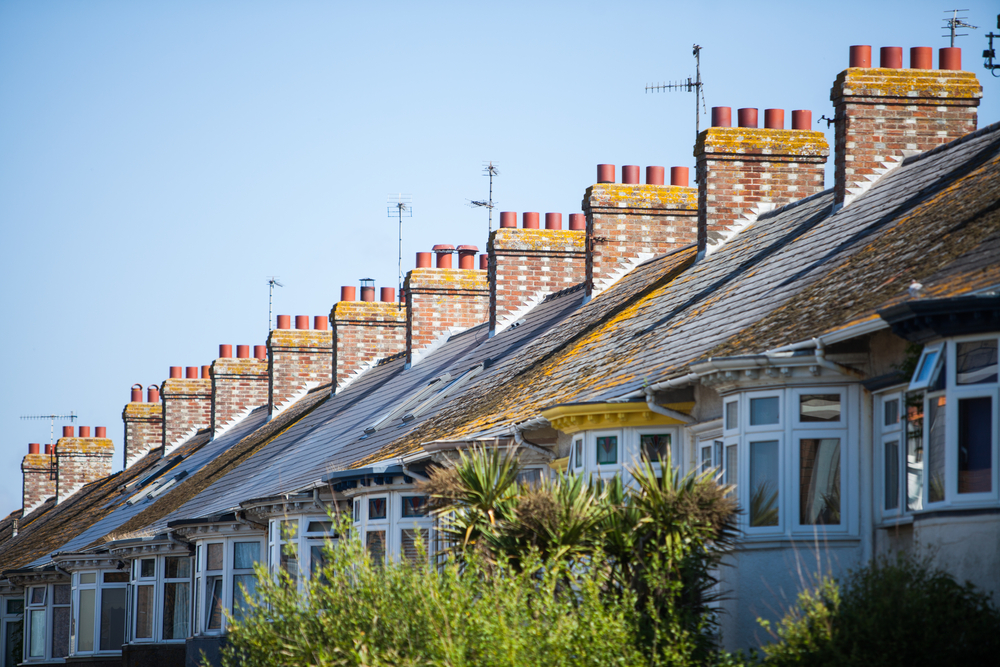
Meanwhile, 37% of remortgages taken out were of the two-year variety, and only 2% were on a 10-year fixed rate.
Overall, remortgage activity grew in 2021, “with a steady increase in both instruction and completion volumes after the stamp duty holiday extension was announced in March,” says LMS chief executive Nick Chadbourne.
An equal proportion of borrowers – 44% – increased their monthly remortgage payments (by an average of £257) as the number of those who reduced their payments, by an average of £225.
And 49% of remortgage borrowers increased their total loan size, just 18% reduced their total loan size, while 32% saw no change in their loan.
Chadbourne says: “Loan sizes were impacted by an array of factors through 2021. At the start of the year, we saw a rise in borrowers looking to increase their loan size as confidence was buoyed by economic recovery and better than expected unemployment rates.”
He adds that, by the end of year, optimism turned, “as consumer confidence waned due to rising inflation and increasing interest rates.”
Chadbourne believes that rates will continue to rise in 2022.
The most popular reason to remortgage was to release equity, with 28% of borrowers opting to do so, with 27% looking to lower monthly payments.
And 21% of borrowers did so in order to secure a fixed rate amid an steadily more unpredictable economic backdrop.
The LMS report adds that the remortgage pipeline peaked in the final quarter of 2021. This business will continue into 2022, Chadbourne says. He explains: “[In 2022] we will see the first effects of two major product purchasing events.
“Two-year fixes taken out when the property market reopened in 2020 will begin to expire, along with five-year fixes, which were taken out in 2017, when 50% of all products were this type.
“This healthy pipeline of activity is set against another base rate increase, the ongoing energy crisis and the post-furlough job market. All of which will all play a part in activity trends.”



